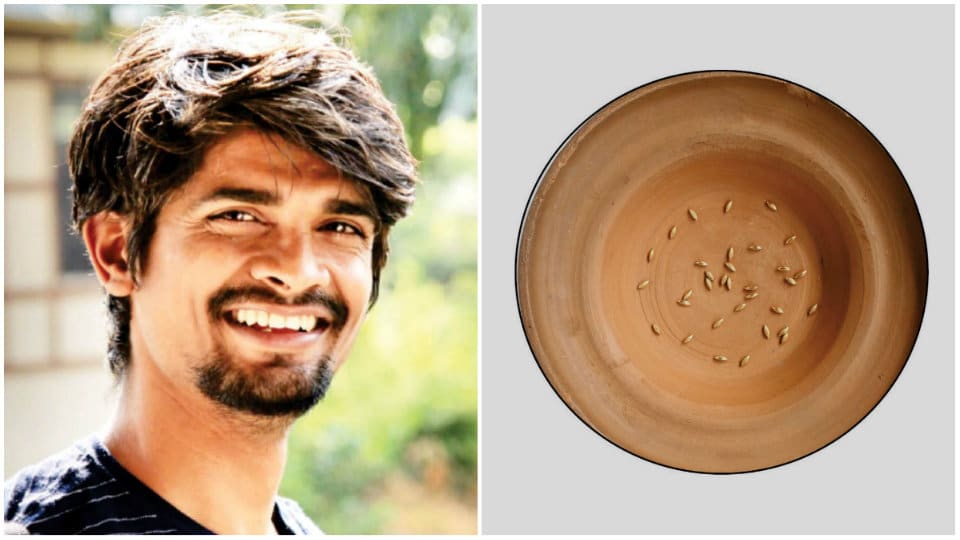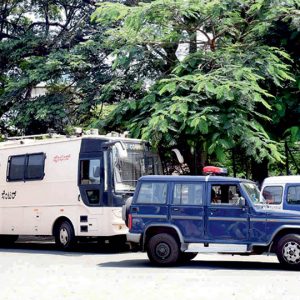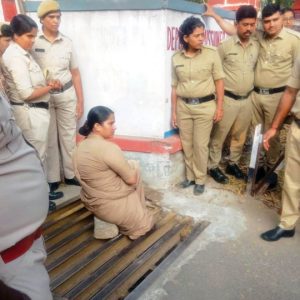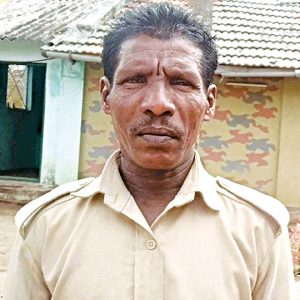A primary aspect of Indian cultural and economical history has been farming. Art has always represented its rich practices and history.
Dayananda Nagaraju, the son of a farming family, grew up observing the realities of farming. These observations motivate Dayananda’s artwork through drawing, water colour, installation and sculpture and present a refreshing and contemporary take on an ancient practice that now finds itself in flux.
Anokhi Garden will showcase Dayananda Nagaraju’s artwork at its Gallery (open Wednesday – Sunday, 8 am to 5 pm), Contour Road, near Adithya Hospital, Gokulam from Sept. 14 – Oct. 19. For details call: 0091 886 160 0781 or visit: www.facebook.com/Anokhigarden.
The Golden Seed, also the title of the Exhibition, is thirty-three, 24 carat gold rice kernels, sitting in an earthenware bowl, representing continuum, hope, potential, ethics and beauty.
Central to the exhibition are large complex drawings. Besugé (Inter-connected) are circular water colours representing the inter-woven complexity of nature. Unsolvable are black and septia ink mediations inspired by common tree knots.

Whether or not the drawings are taken in at face value, there is another attribute that one observes in Dayananda’s drawings — it is the depth of the process of drawing — a process of exploration, of contemplation, a wrestling of sorts with the material, and perhaps with the inner workings of the artist.
Juxtaposed to the controlled and intricate renderings of these introspective pieces, is the Bullman series. These are figurative, fast-paced illustrations representing the bull that is often let loose from the farm and disregarded because of his non-commercial value. Many of these drawings Dayananda has never before exhibited, but has instead used them to wrap or package other works of art.
Included in the exhibition are objects that have been traditionally part of the culture of farming, some of which have been made obsolete by time, but symbolically still important.
Taken out of context and reworked by the artist, they stand alone as arresting objects. In the piece, Anonymous Strike 2, Dayananda adorns the traditional Onake (wooden pestle) which was once used in the kitchen to pound grain and spices, with playfully painted contemporary objects. Entwining recycles worn-out sarees of the mother and grandmother into intriguing floor mats. The symbol of farming, the sickle, is sheathed in knitted rope in the sculpture Atantraru 4 (Being on threshold). Battada Bogase 3 brings the paddy field indoors and enables the viewer to contemplate the repetitive cycle of farming.
Using a variety of personalised art-forms and with an insight inspired by love, sensitivity, frustration and humour, Dayananda opens up an alternative perspective into the life of farming culture.








Recent Comments